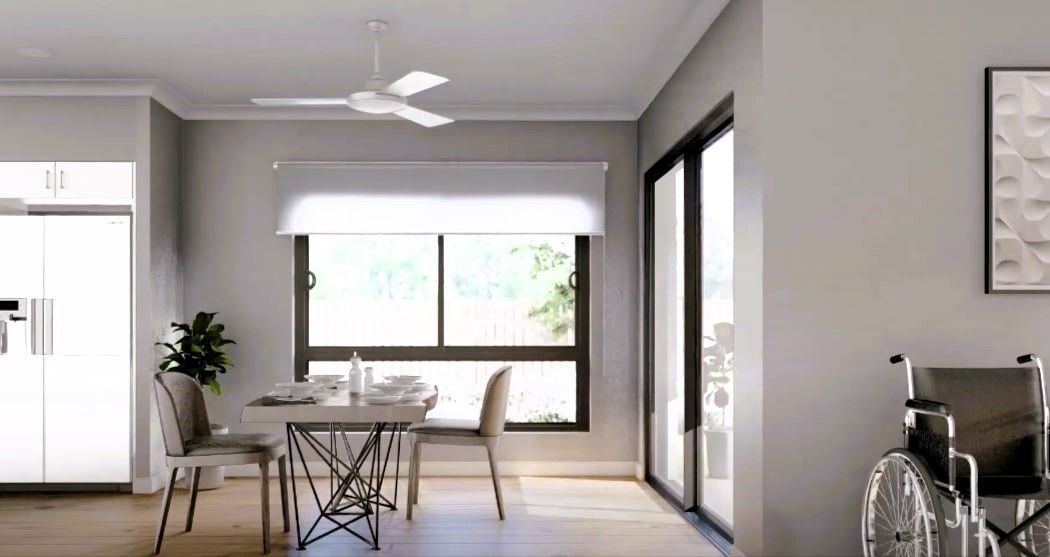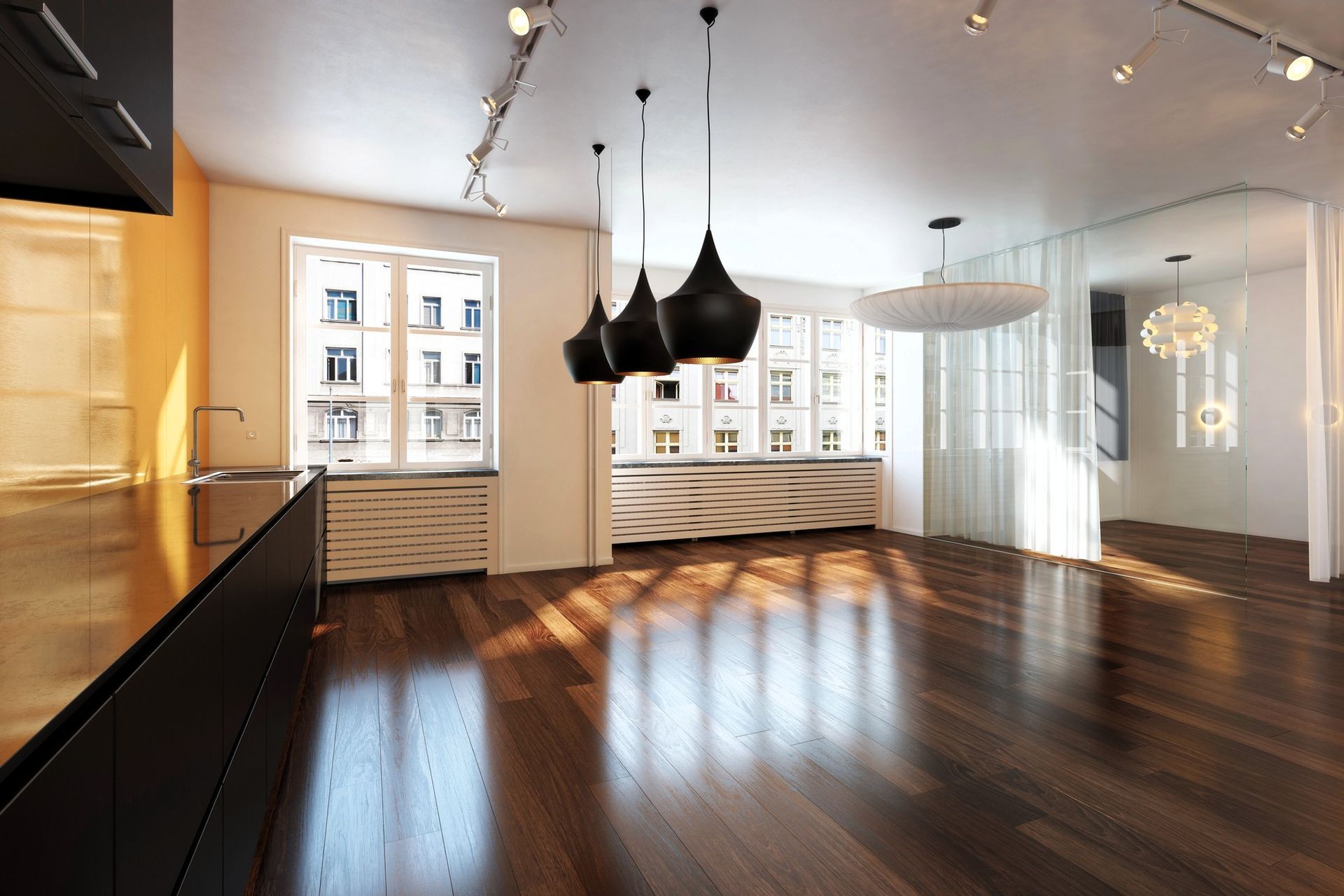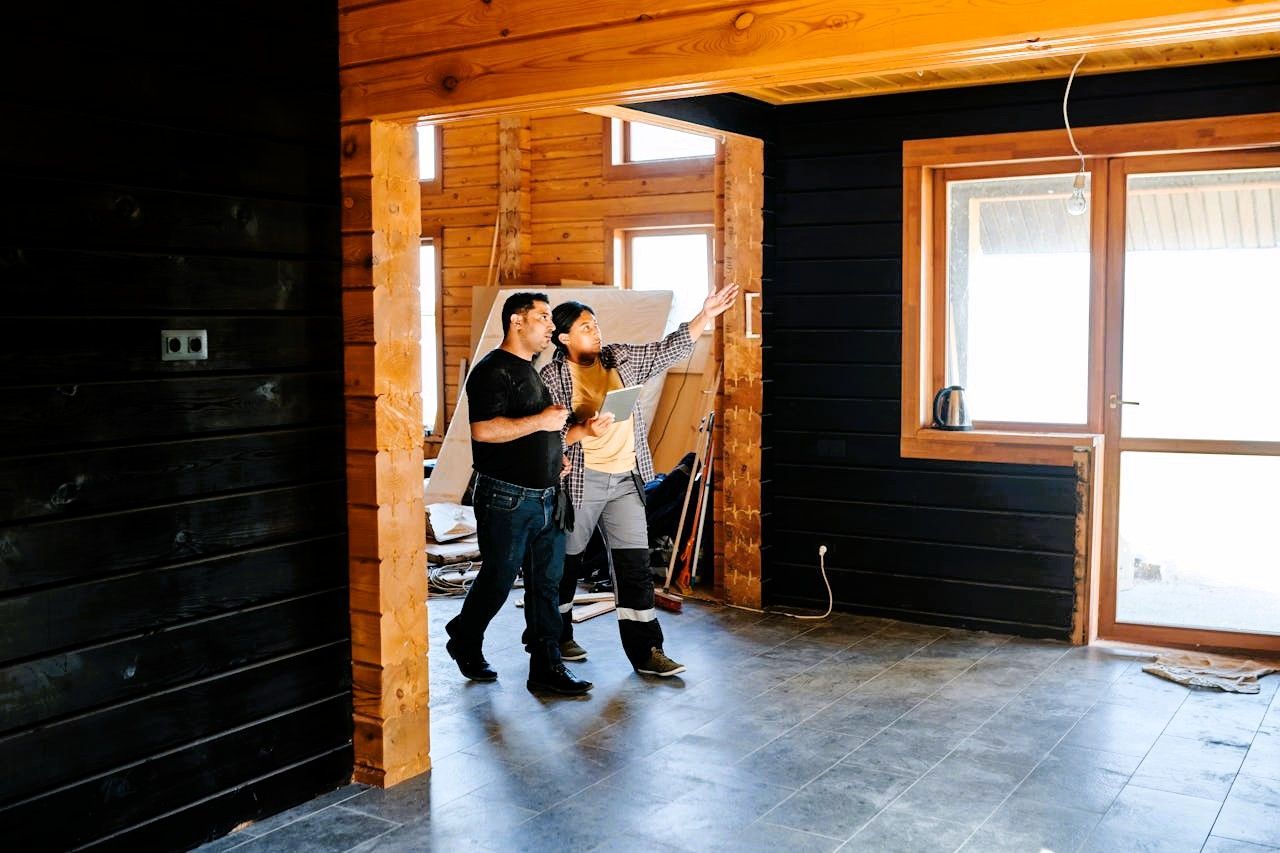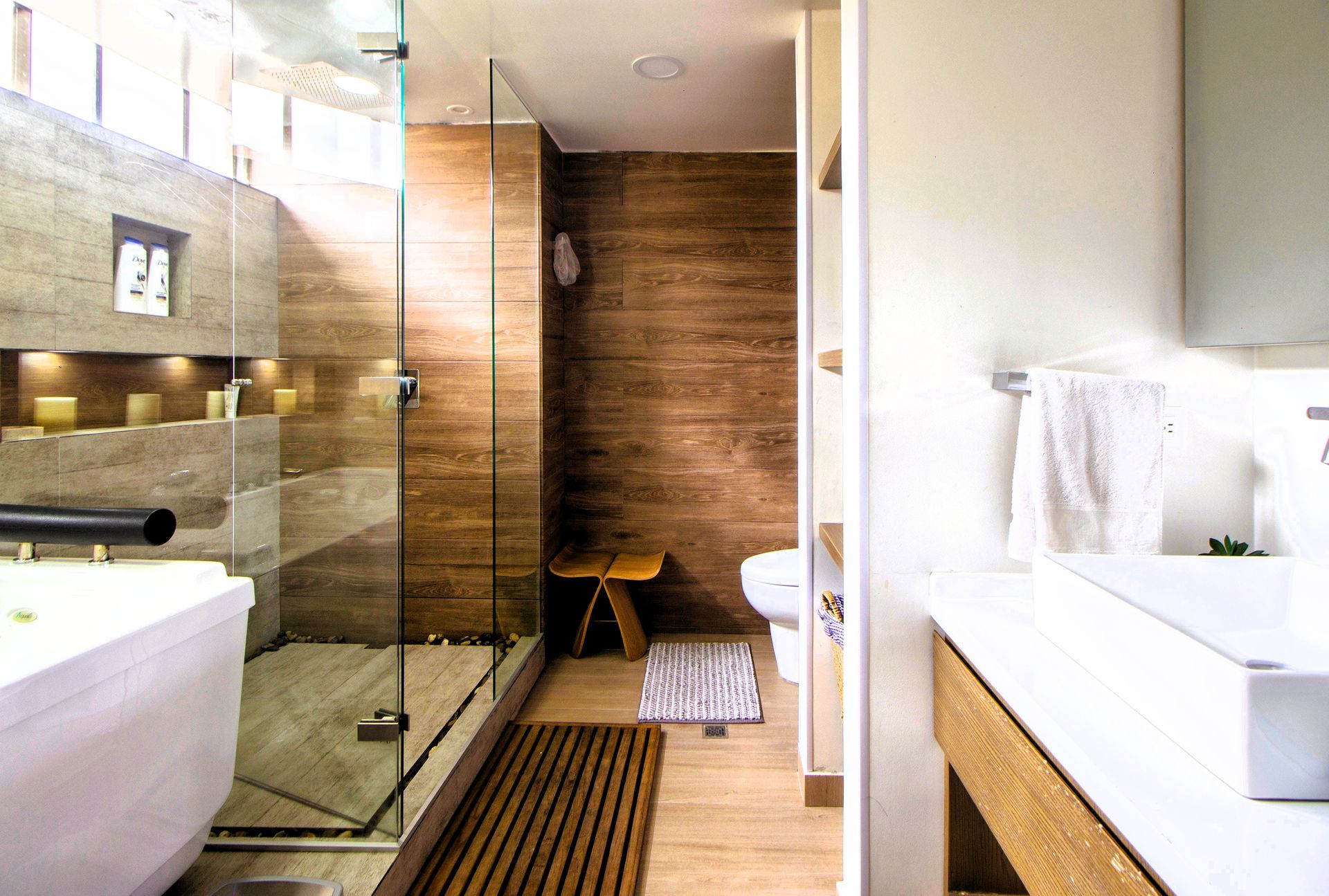Enhancing Home Accessibility: Simple Steps for a Disability-Friendly Living Space
How to make your home more accessible and disability-friendly?

If you or a family member is grappling with physical disabilities, transforming your home into a more accessible and accommodating space need not be a daunting task. A series of thoughtful upgrades can significantly improve the overall quality of life for those facing mobility challenges. From installing grab bars to selecting ADA-compliant flooring, here are easy ways to make your home more disability-friendly.
1. Installing Grab Bars
Often found in public restrooms, grab bars play a crucial role in providing support for individuals with limited mobility. While they are common in these shared spaces, their inclusion in home bathrooms can be transformative, especially for those experiencing age-related physical changes.
Strategically placing grab bars on either side of the toilet or in the shower stall can greatly enhance safety and independence. For optimal use, ensure the bars are at the right height – 18 to 27 inches high for shower bars and positioned at least 12 inches from the floor.
2. ADA-Compliant Flooring
Choosing flooring that meets the Americans with Disabilities Act (ADA) standards is a practical way to minimize tripping hazards and enhance accessibility. ADA-compliant flooring options include carpet, laminate, or vinyl, catering to various preferences and styles.
In
spaces like bathrooms, where slipping is a concern, opt for non-slip coated flooring. Uneven floors can be particularly perilous for individuals with limited mobility. Additionally, consider the challenges posed by thresholds and sudden changes in flooring material when selecting ADA-compliant options.
3. Adapting Countertops and Tables
Creating an inclusive kitchen or workspace involves making countertops and tables accessible to individuals in wheelchairs. The ideal height for countertops ranges between 28 and 34 inches above the floor, providing wheelchair users with a comfortable reach.
For added versatility, consider installing a drop-leaf table, which can serve as a lower countertop for meal preparation and appliance storage. Another
budget-friendly option is the installation of an under-cabinet cutting board, enhancing functionality without compromising accessibility.
4. Replacing Door Knobs with Door Levers
Simple changes, such as replacing traditional door knobs with door levers, can significantly improve accessibility. Door levers are easier to grip, particularly beneficial for older individuals or those with limited dexterity. They also offer convenience for those with greasy or occupied hands.
The straightforward process of changing door knobs to levers can make your home more accessible. This modification allows for easier door operation, reducing the risk of tripping or falls, and providing greater independence for individuals with disabilities.
5. Updating Door Trim
An often-overlooked aspect of home accessibility is the door trim. Updating door trim can simplify navigation for individuals with limited mobility and contribute to a safer living environment. For instance, pairing door levers with appropriate trim allows wheelchair users to navigate rooms effortlessly.
Considering the potential resale value is also prudent. Well-lit homes tend to showcase better than dim ones, catering to a broader audience, including individuals with disabilities.
In conclusion, by implementing these easy and practical changes, you can create a more inclusive and disability-friendly home, promoting independence and safety for all residents.
For expert assistance in transforming your home into a more disability-friendly space,
contact Grand Rapids Remodeling Pros! Our team of seasoned contractors is eager to be of assistance, guaranteeing a successful home remodeling project.







